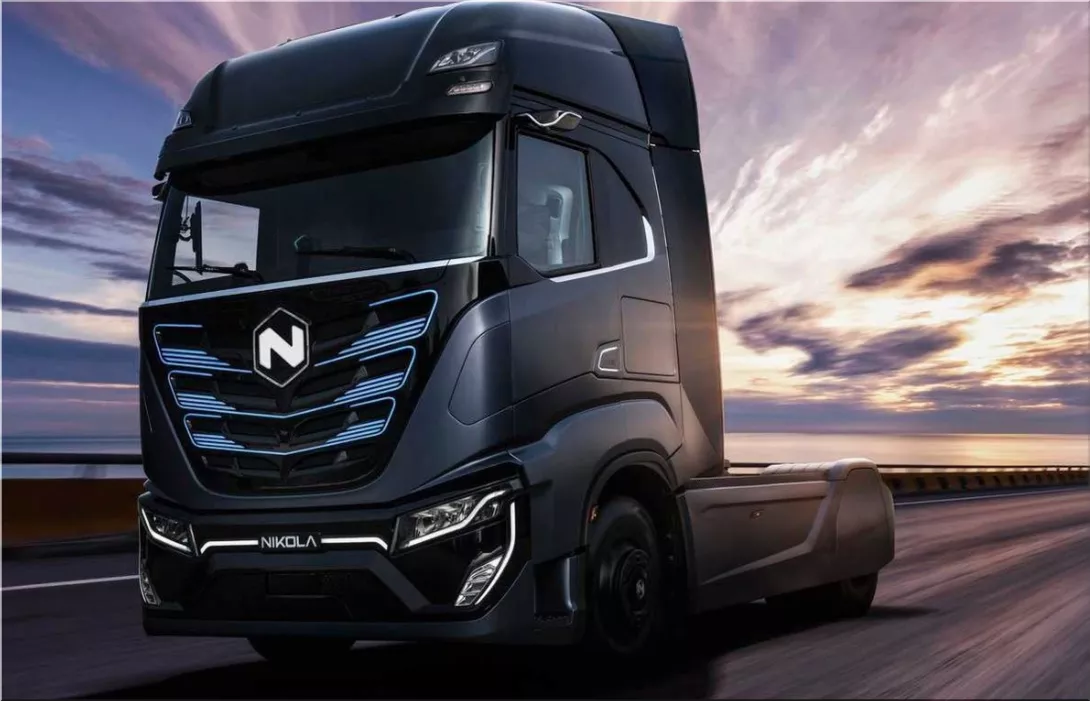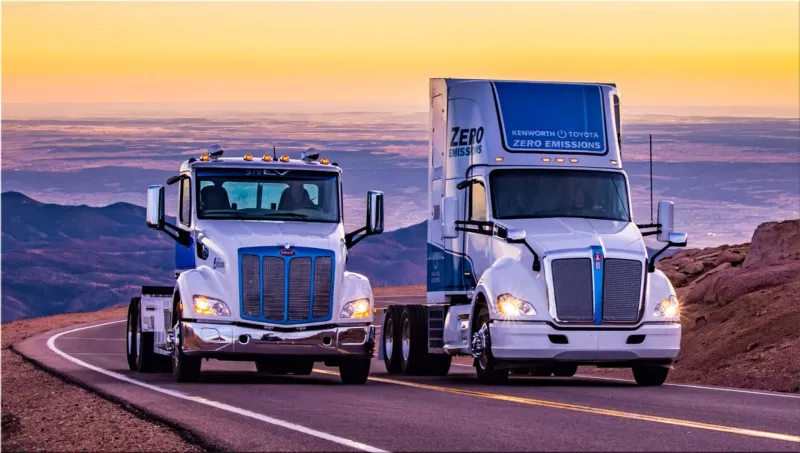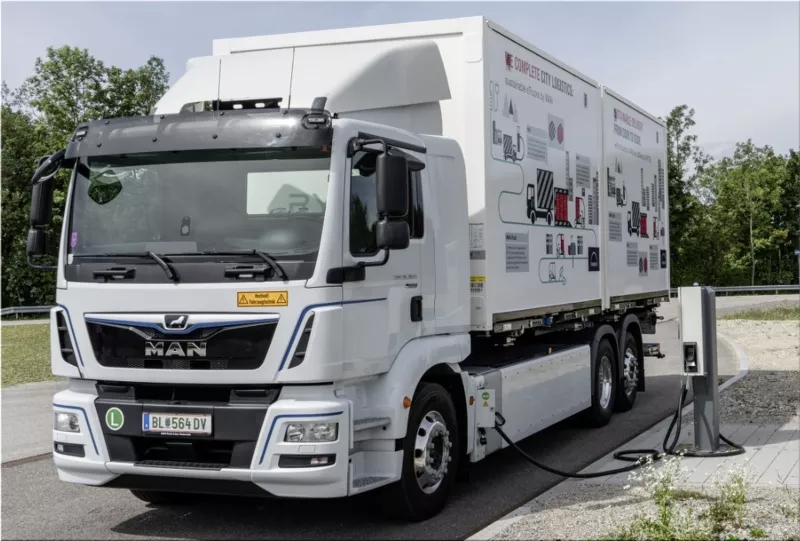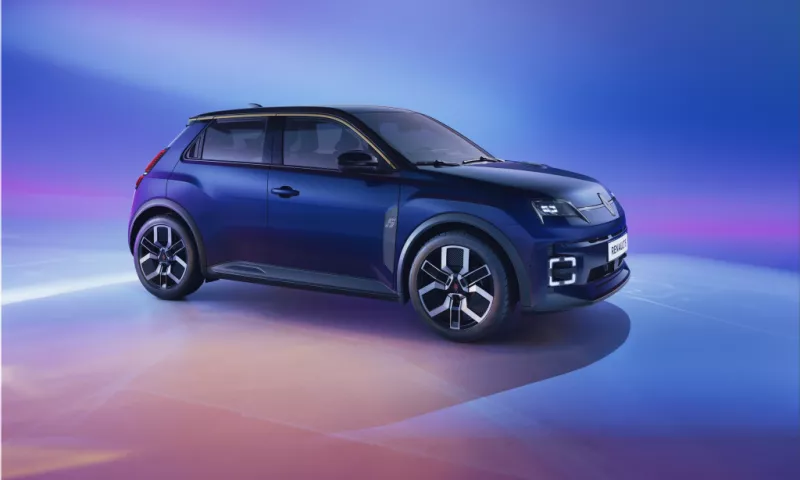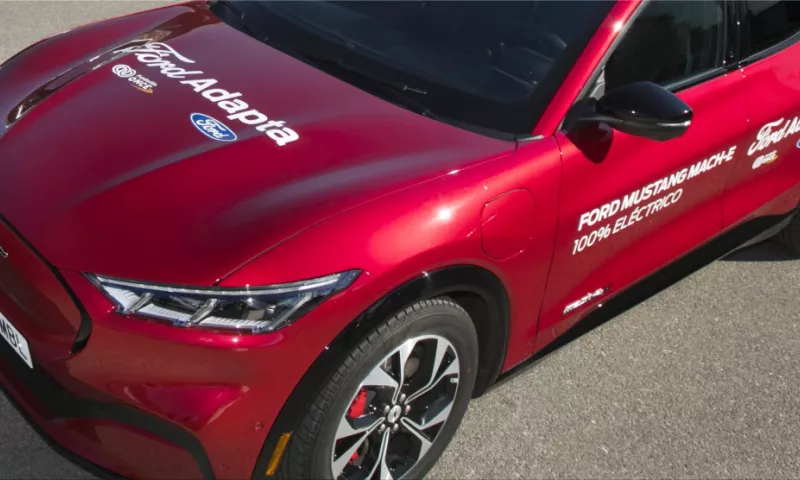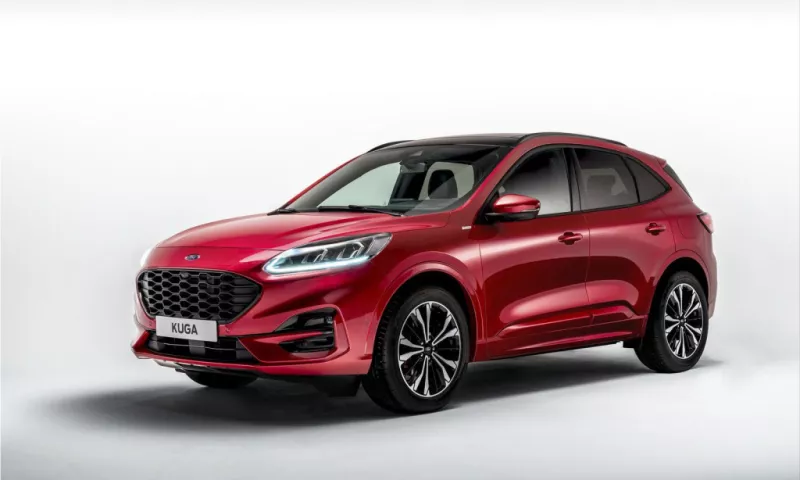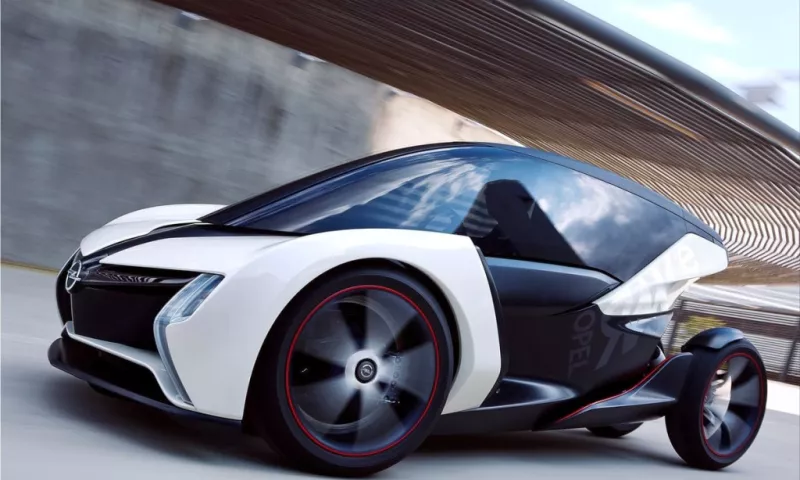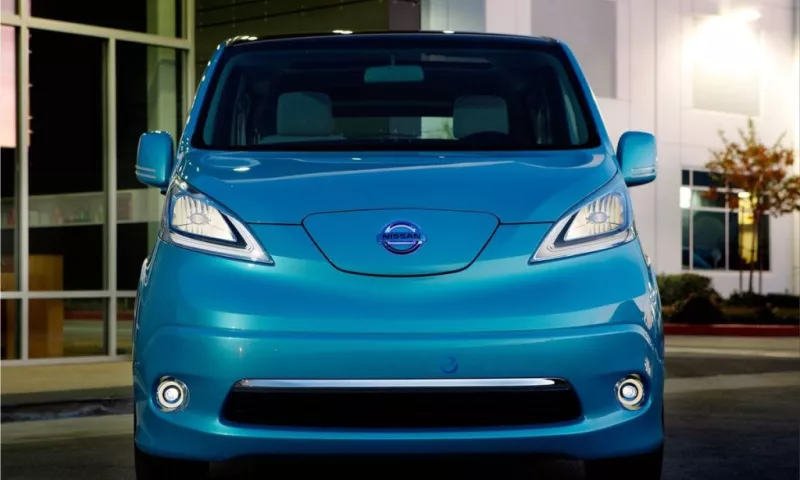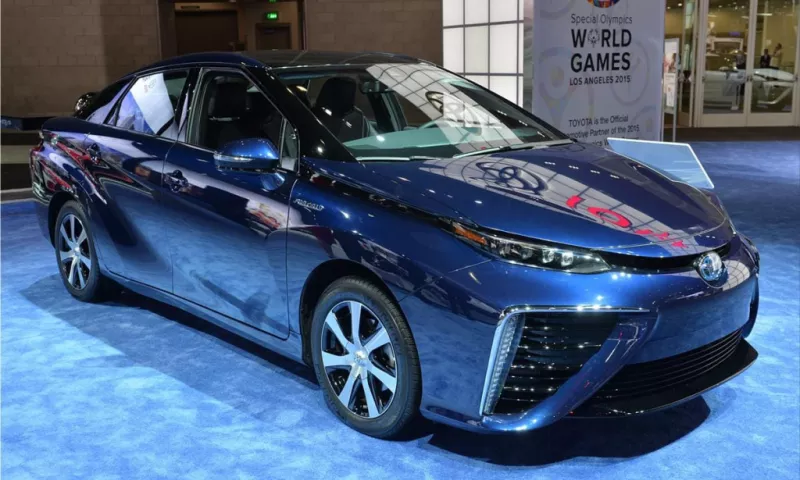Industry-leading trucking software is helping fleets run more efficiently and save money. This includes ELDs, which keep track of driver hours and help them comply with DOT regulations.
Autonomous trucks are also transforming the trucking industry. But it’s important to note that they won’t replace truck drivers completely.
Electric Vehicles
Electric vehicles are gaining popularity across America’s roads and highways, with manufacturers now producing commercial battery-electric vehicles (CBEV) in multiple truck classes. These trucks offer fleets many benefits, including lower maintenance costs, fewer harmful emissions, and improved fuel efficiency.
But this trucking technology trend also comes with challenges. One big concern is driver displacement. Since human drivers are better suited to short routes, loading and unloading, and inclement weather, autonomous trucks could threaten job security for truckers.
However, it’s important to note that these new trucks are still more expensive than traditional diesel models. But with falling battery costs and increased manufacturing scale, these upfront costs are expected to decline. Additionally, some experts believe hybrid models combining CBEVs with regular diesel trucks will offer a more cost-effective solution.
Meanwhile, technology allows trucking companies in Atlanta, Georgia, to optimize routes and save time through real-time traffic data. This data can also be used to monitor driver safety on the road, instantly alerting fleet managers when unsafe driving habits like sudden braking or speeding occur. These tools can improve profit margins and help fleets maximize take-home pay for their drivers. Combined with automated vehicle technology, these tools are helping to prepare the industry for a future where self-driving trucks are more commonplace.
Autonomous Vehicles
Autonomous vehicles can eliminate the driver shortage while reducing costs and enhancing road safety. However, it’s not going to happen overnight.
First, companies must ensure their self-driving trucks can handle every aspect of highway driving. That means merging, changing lanes, slowing down for cars stopped on the shoulder, and handling less common situations like a three-car pileup. Then, they’ll need to figure out how to do it in metropolitan areas with tighter streets. Fortunately, some start-ups are working on this issue.
Many experts believe that trucking will eventually become a hybrid industry with both human drivers and autonomous trucks. Truckers will still need to be in the cab for a while, but their roles will transition into supervisory positions or local deliveries.
Machine Learning
The trucking industry is an essential part of our daily lives. Everything needs to be transported from one place to another, from food, clothes, and technology to raw materials. For trucking companies to survive, they must provide efficient and reliable service while adhering to strict regulations. Fortunately, technological advancements have allowed businesses to streamline their processes with the help of machine learning.
Machine learning is a branch of artificial intelligence that allows computers to learn without being programmed. Several different industries are now using it to improve efficiency and accuracy. It can do this thanks to the availability of enormous data sets, advanced computational power, and high-speed internet.
The best thing about machine learning is that it can analyze large amounts of information and make conclusions quickly and accurately. It can also be used to identify trends and patterns in data. This can then be used to optimize production and reduce costs. It can also be used to automate tasks and create more personalized products. It can even be used to improve safety on the road by analyzing potential hazards and accidents.
Manufacturers can use machine learning to predict which products will be a hit on the market, allowing them to produce more while saving resources that would have been wasted on a flop. This helps them maintain their profitability and prevents them from passing on increased costs to consumers who already have a hard time paying for the necessities of life.

